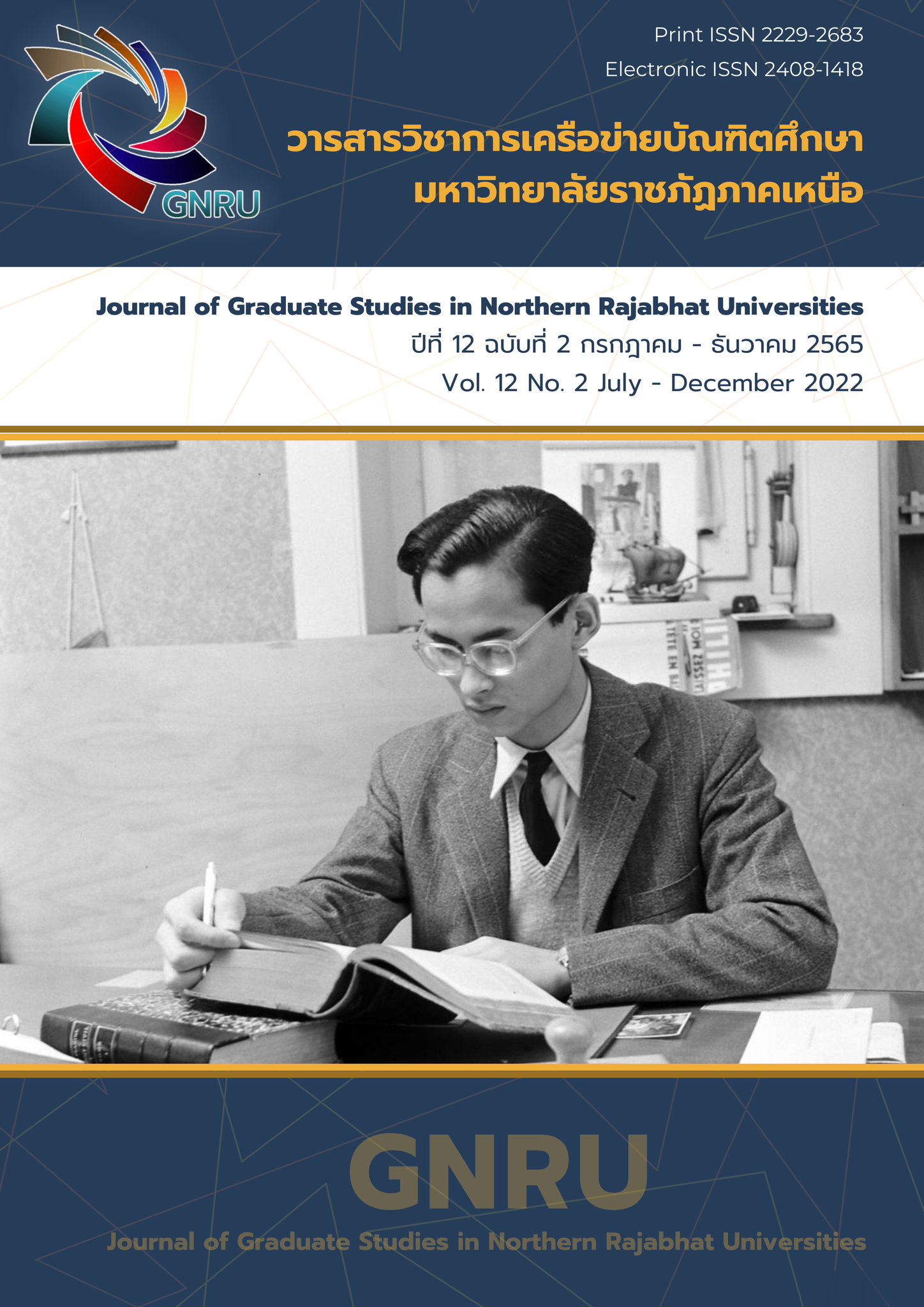Development of Strategies for the Management of Primary Chronic Kidney Disease in Sukhothai Province
Main Article Content
Abstract
This research aimed to study states, problems, and factors related to management of primary chronic kidney disease, and develop and assess the strategies for management of primary chronic kidney disease. The 373 participants were village health volunteers and public health officers. Fifteen strategic development informants were administrators, experts in strategy development and administrators with best practice to manage primary chronic kidney disease. The strategies were assessed by 21 experts. The data were collected by using a questionnaires and focus group discussion, and then analyzed using mean, standard deviation and content analysis. The results showed that Sukhotai Province had set the goals to manage primary chronic kidney disease but they did not match the current situation, and there was no support from other sectors. The internal strength analysis results revealed that staff of health officers were very responsible, but the weaknesses was the lack of knowledge transfer in managing chronic kidney disease within the network. The analysis results of opportunities revealed that advanced communication technology was very helpful for the management of primary chronic kidney disease. However, the threat was that people had easy access to propaganda media without the control of the involved organization. The suggested strategies for the management of primary chronic kidney disease in Sukhotai province consisted of 11 strategies, and the results of the assessment revealed that they were consistent, suitable, and acceptable at a high level.
Article Details
References
กิตติพัทธ์ เอี่ยมรอด และสุพร กาวินำ. (2558). การพัฒนากลยุทธ์การดำเนินงานควบคุมโรคโนพื้นที่จังหวัดตาก. The Public Health Journal of Burapha University. 10(1), 1 – 12.
กรมควบคุมโรค .(2559). คู่มือปฏิบัติการเพื่อดำเนินงานลดผู้ป่วยโรคไตเรื้อรัง (CKD)ในผู้ป่วยเบาหวานและความดันโลหิตสูง. นนทบุรี: สำนักงานกิจการโรงพิมพ์ องค์กรสงเคราะห์ทหารผ่านศึก ในพระบรมราชูปถัมภ์
ปุณณพัฒน์ ไชยเมล์. (2557). วิธีการวิจัยทางสาธารณสุข. สงขลา:นำศิลป์โฆษณา.
เพ็ญจนทร์ สิทธิปรีชาชาญ. (2557). กระบวนการพัฒนาระบบการดูแลสุขภาพชุมชน: 14 กรณีศึกษาในชุมชนพื้นที่ภาคกลาง. สถาบันวิจัยและพัฒนาระบบการพยาบาลและสำนักงานกองทุนสนับสนุนการสร้างเสริมสุขภาพ
วิรัช วิรัชนิภาวรรณ. (2559). การจัดการและพฤติกรรมองค์การ. กรุงเทพฯ: ท๊อป.
โรคไม่ติดต่อกรมควบคุมโรคกระทรวงสาธารณสุข, สำนัก. (2559). คู่มือปฏิบัติติการเพื่อดำเนินงานลดโรคไตเรื้อรัง CKD. กรุงเทพฯ: กระทรวงสาธารณสุข
โรคไม่ติดต่อกรมควบคุมโรคกระทรวงสาธารณสุข, สำนัก. (2560ข). การดูแลตนเองเพื่อลดโรคไม่ติดต่อเรื้อรัง.กรุงเทพฯ: กระทรวงสาธารณสุข
วิรัช สงวนวงศ์วาน. (2561). การจัดการยุคดิจิทัล. กรุงเทพฯ: โฟร์เพซ.
สมชาย ภคภาสน์วิวัฒน์. (2564). การบริหารเชิงกลยุทธ์. กรุงเทพฯ: อมรินทร์กรุ๊ป.
สาธารณสุข, กระทรวง. (2560). ตัวชี้วัดกระทรวงสาธารณสุข. สืบค้นเมื่อ 2 กุมภาพันธ์ 2560, จาก moph.go.th/hdc.
สมาคมโรคไตแห่งประเทศไทย. (2563). ข้อมูลการบำบัดทดแทนไตในประเทศไทย พ.ศ. 2563.กรุงเทพฯ: สมาคมโรคไตแห่งประเทศไทย.
สาคร สุขศรีวงศ์. (2560). การจัดการ : จากมุมมองนักบริหาร. กรุงเทพฯ: จี.พี.ไซเบอร์พรินท์.
International Society for Peritoneal Dialysis. (2011). The Road Mad to PD First Policy Easy- Safety, Efficiency, and Excellence in PD (5th ed.). Dusit Resort Pattaya,Thailand.
Pamela A. Ohman Strickland. (2010, May - June). Features of the Chronic Care Model (CCM) Associated with Behavioral Counseling and Diabetes Care in Community Primary Care JABFM. 23(3), 295 – 305.


